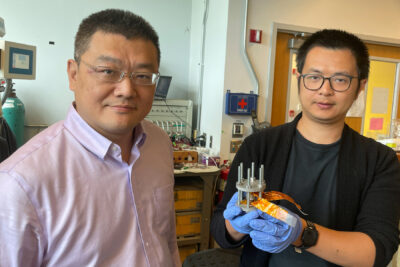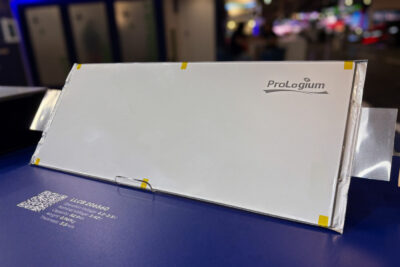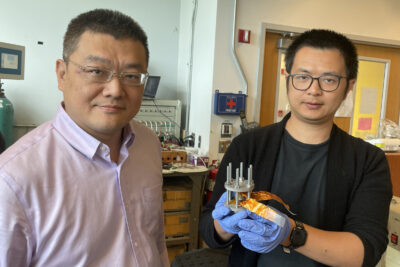Georgia Tech, Fraunhofer LBF, FEV & RWTH Aachen, Teijin.
Breakthrough for fuel cells? Researchers at the Georgia Institute of Technology have developed a new fabrication technique to produce platinum-based hollow nanocages with ultra-thin walls that could significantly reduce the amount of the costly metal needed to provide catalytic activity. Use of these nanocage structures in fuel cell electrodes could increase the utilization efficiency of the platinum electrocatalyst by a factor of as much as seven.
greencarcongress.com, gatech.edu
Charging capacity is more important than range: The Fraunhofer LBF looked at the long distance capability of electric cars, finding that it is not the cars’ range, but the infrastructure’s sufficient charging capacity that will result in the vehicles being able to move about more quickly. The theory was confirmed during praxis tests as well as model calculations.
springerprofessional.de (in German)
— Job offer —
 Electric Mobility News Editor: Our digital publishing company behind the industry service electrive.com is looking for a new team member on a freelance basis to do online research, write news bites, and be in charge of our social media activities. Click here for more information.
Electric Mobility News Editor: Our digital publishing company behind the industry service electrive.com is looking for a new team member on a freelance basis to do online research, write news bites, and be in charge of our social media activities. Click here for more information.
Pushing drivetrain development: German development service provider FEV and the Institute for Combustion Engines of the RWTH Aachen University (VKA) were able to establish a virtual connection between to separated test benches. That i.e. allows them to test different combinations of a hybrid drivetrain that are not mechanically compatible (yet) and would otherwise have to be adapted first.
fev.com
CFK solar racer: Japanese Kogoakuin University is building a solar-powered car from carbon-fiber reinforced plastic with the help of Teijin’s companies Toho Tenax and GH Craft. The lightweight EV will take part in the World Solar Challenge in Australia in October.
teijin.com




0 Comments